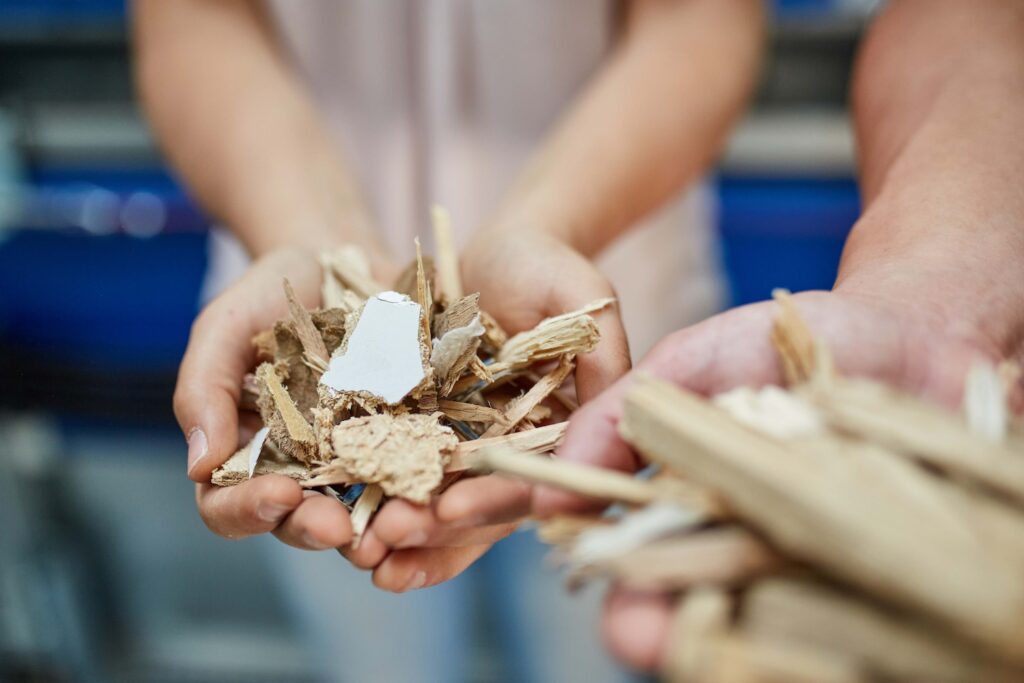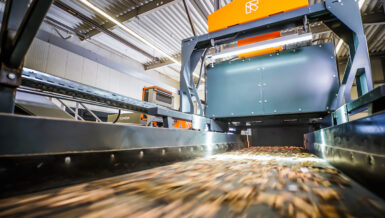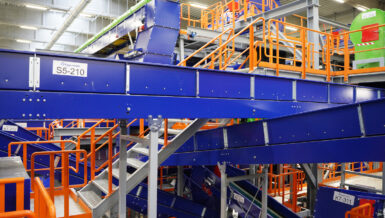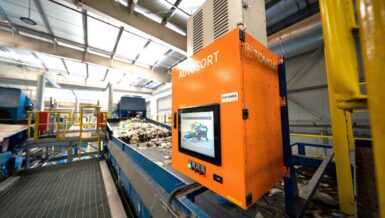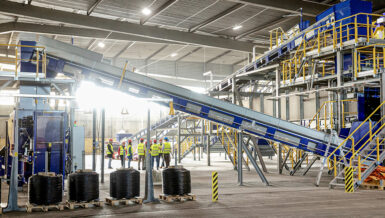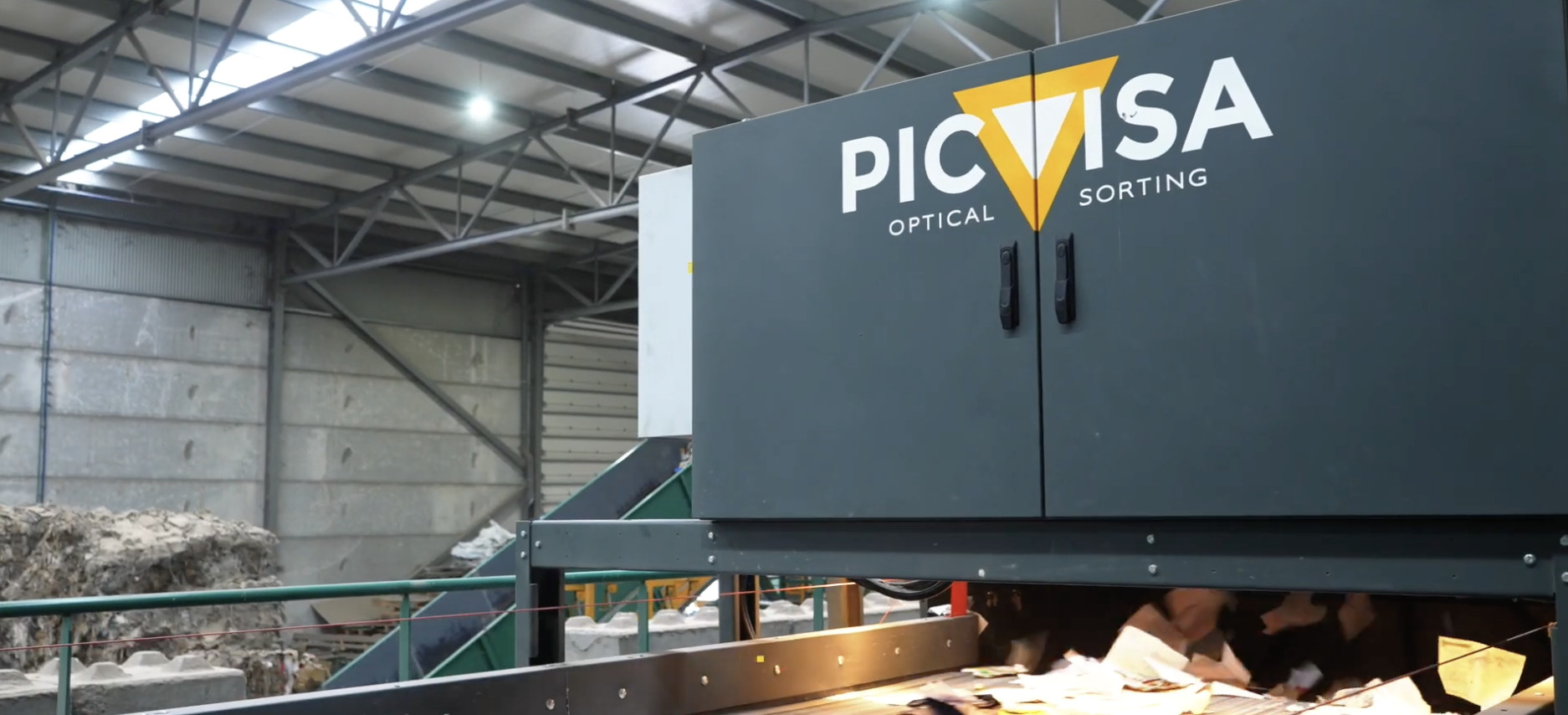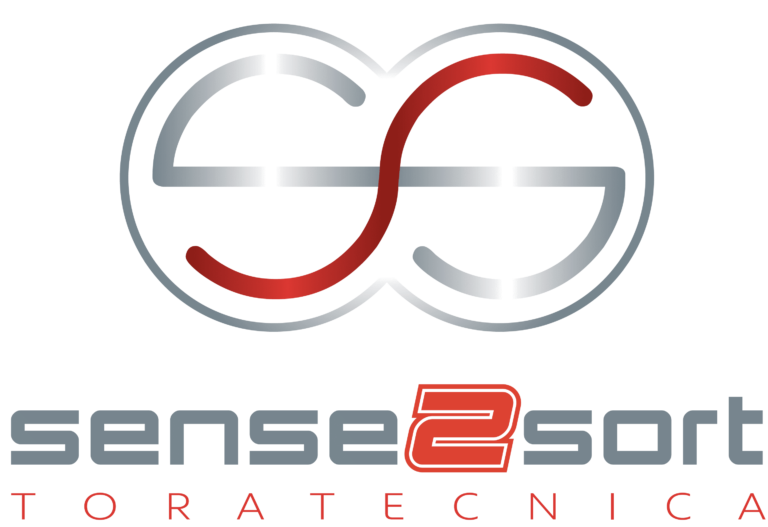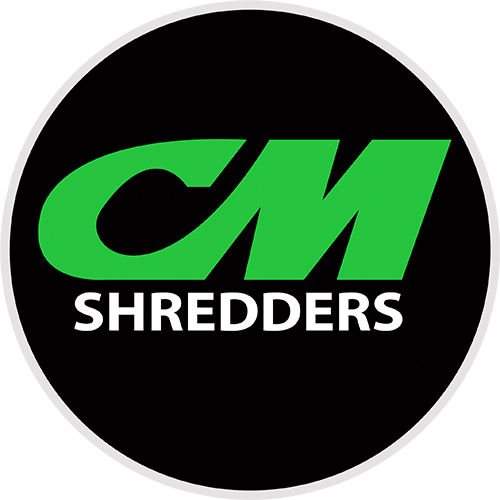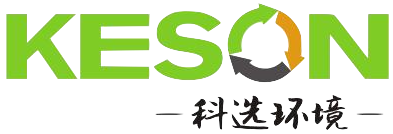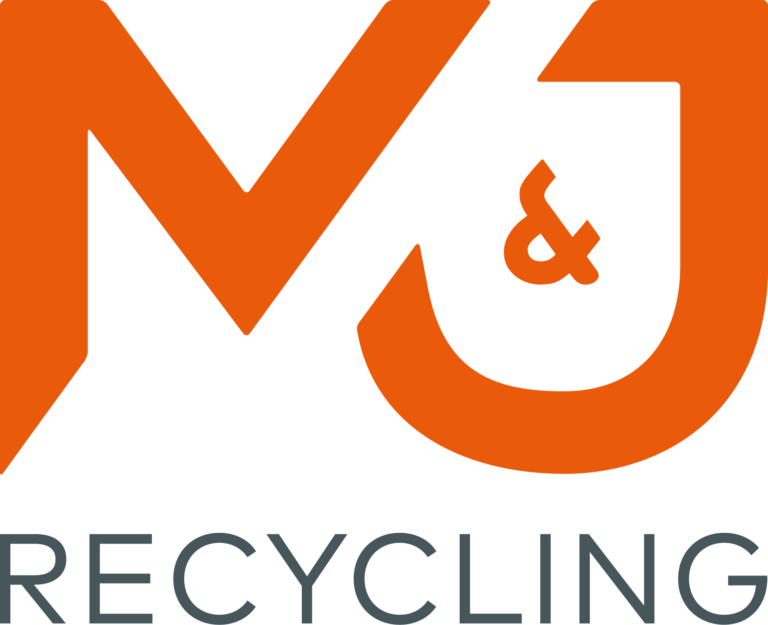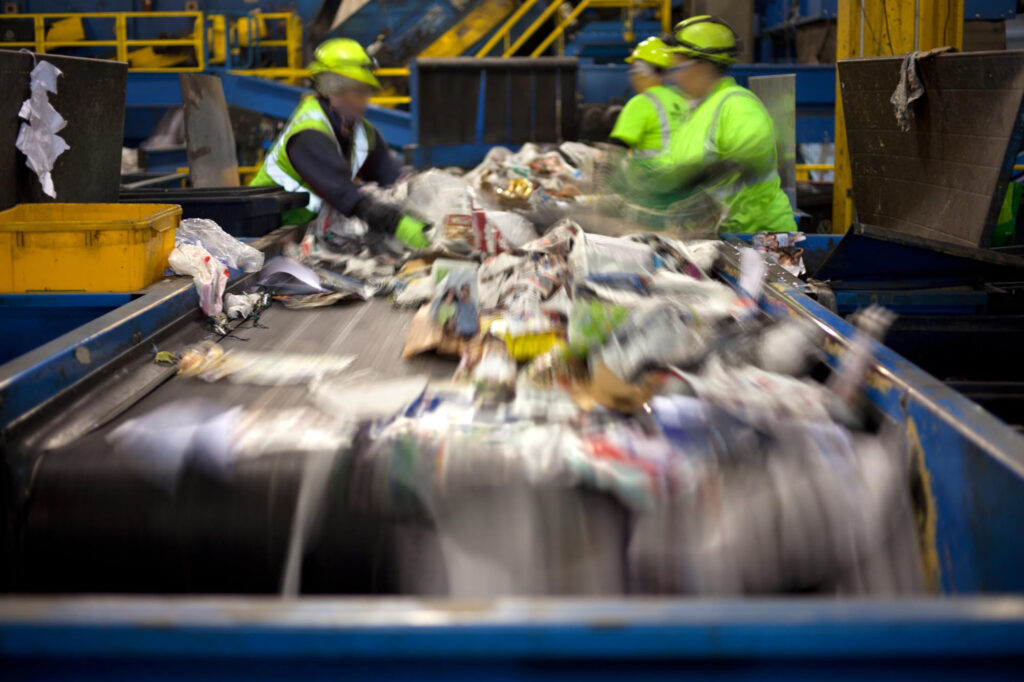In an interview with the Segment Manager Wood at TOMRA Recycling Sorting, Jose Matas, and the customer, the achievements of the collaboration and the benefits of the wood sorting technology are detailed.
Give us some background information on your company and its objectives.
Customer: We are a leading manufacturer of premium engineered wood products, laminates and resins. We are in central Europe and close to our customers and provide quality products made in Germany. The satisfaction of our customers is at the core of our business, as is sustainability. We have been sorting and recycling wood chips for a long time to extend the lifecycle of wood. Recently, we have observed price increases of fresh wood and access to primary materials has gotten challenging. This made us decide to work with the materials available in the market. To do so and to meet our customer quality demands, we had to innovate our processes. That’s why we rely on TOMRA and its wood sorting solutions.
How do you produce clean wood fractions from waste wood?
Customer: In our facility, we process both recycled wood and waste wood. Local recyclers deliver us pre-sorted, unprocessed wood. As we require the purest materials to manufacture high-quality wood-based products, we let the materials run through another sorting step with TOMRA’s X-TRACT™. This allows us to remove any remaining contaminants such as metals, stones, plastic and many more.
When processing waste wood, the steps are more complex. The material we receive is a mix of processed and non-processed wood. Our task is to remove MDF from waste wood and create a clean wood fraction. We are glad that TOMRA’s equipment makes this possible.
Matas adds: Our aim is to support our customers in meeting their goals. As our customer wants to produce the highest-purity fractions of non-processed wood, we provided them with state-of-the-art sorting technology that features the necessary technology to address complex challenges.
Since we started our collaboration, we could see the progress made and continuously supported them in innovating the process. Today, with our X-TRACT™ and AUTOSORT™ with GAIN™ deep learning technology, they are well-equipped to meet their quality targets.
What happens with the clean wood chips?
Customer: Once we create the highest purity fractions, we use it for the production of particleboards and other wood-based materials with increased recycled content. Today, we process about 250,000 – 270,000 metric tons of wood per year. Leveraging the latest sorting technology helps us keep wood in continuous use and live up to our customer’s requests without compromising on quality and profitability.
How do you meet customer requirements?
Customer: It is important to us to deliver high-quality products to our customers. In the last few years, sustainability and the use of secondary raw materials have become more important and essential for businesses. We have seen this as a valuable opportunity and wanted to become more sustainable too. Not only for us but also for our customers who are following the same goals: offering and using products with increased recycled content.
To live up to our goals and maintain high-quality levels, we must make sure to remove all contaminants, including MDF. That is crucial because stones or metals, for instance, can cause damage to our equipment. Plastic, on the other hand, can lead to visual defects in the end product and MDF impacts quality levels. Thus, we must create the cleanest fractions. Today, and since we use TOMRA’s sorting technology, we remove most impurities. This enables us to realize purity levels of up to 98% and manufacture products with up to 50% recycled content.

Jose Matas explains: We have been working with our client for years and saw that there is so much potential we can unlock together. I am working in the industry for 15 years and know that MDF poses a lot of challenges in recycling. MDF is often found in waste wood. To further process wood chips, we must ensure that it is removed from wood chips and does not end up in the end product.
At TOMRA, we have invested a lot in the development of solutions to remove MDF from wood chips and waste wood. With success. Two years ago, we launched a new deep learning-based application that enables its detection and removal. This is a huge step forward, not only for us but for the whole industry. Here, we see that it works and that our customer can create pure wood products.

Since when do you operate TOMRA equipment and which benefits do they bring?
Customer: We are using TOMRA’s X-TRACT™ since 2017, but with the need to remove MDF and separate wood by type, we knew we had to innovate. This included investments in new sorting equipment for which we consulted TOMRA. Our partner was immediately at hand and helped us find the best solution. In our case, AUTOSORT™ and its add-on GAIN™.
Since we are operating the machine, we are impressed by the results: we have little downtime and high-quality outputs. Also, as this smart technology removes as many impurities as possible, our machinery is less damaged, which means that it can run longer and require less cleaning effort. At the same time, we can process higher volumes and produce a clean end product. In a nutshell, the technology enables us to meet the industry’s standards while maintaining profitable operations. That’s a win-win situation.

How would you describe the collaboration with TOMRA?
Customer: Our collaboration with TOMRA started in 2016. Right from the beginning, we had a reliable partner at hand who follows the same mission: enabling a circular economy for wood. They helped us find a solution for a previously unsolved sorting challenge. In the early phases, we regularly visited their Test Center in Germany to test our materials on their machines. Based on these results, they proposed the best suitable solution for our case. Convinced of the results and their commitment, we decided to invest in their latest technology that makes it possible to increase our qualities and meet our customer’s expectations alike.

